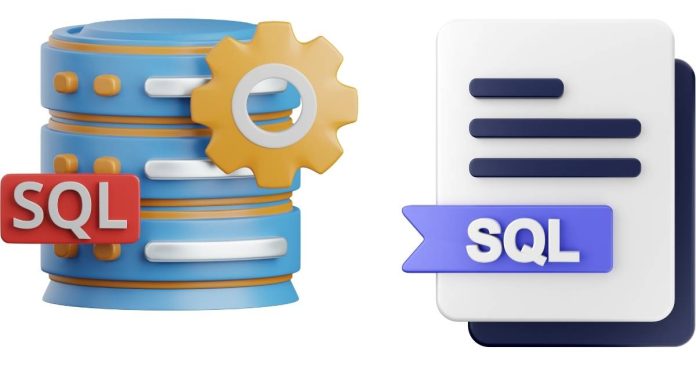A stored procedure in SQL is a pre-written set of SQL statements that you can save and reuse. It is essentially a script that you can execute repeatedly, which allows for better performance, easier maintenance, and cleaner code.
Key Features of Stored Procedures:
Encapsulation: You can group multiple SQL statements (like SELECT, INSERT, UPDATE, DELETE) into a single procedure.
Reusability: Once created, you can execute the stored procedure multiple times without rewriting the SQL code.
Security: Stored procedures can be used to control access to data, allowing users to execute predefined operations without giving them direct access to the underlying tables.
Parameters: Stored procedures can accept parameters, allowing you to pass values when calling the procedure, making it dynamic.
Example:
Here’s a simple stored procedure in SQL:
sql Copy code
CREATE PROCEDURE GetEmployeeDetails
@EmployeeID INT
AS
BEGIN
SELECT Name, Position, Salary
FROM Employees
WHERE EmployeeID = @EmployeeID;
END;
You can then call the stored procedure like this:
sql Copy code
EXEC GetEmployeeDetails @EmployeeID = 5;
This will retrieve the details for the employee with EmployeeID = 5.
Advantages:
Reduces the amount of repetitive code.
Can be used for complex business logic.
Improves performance by reducing the need to send multiple SQL queries from the application to the database.



